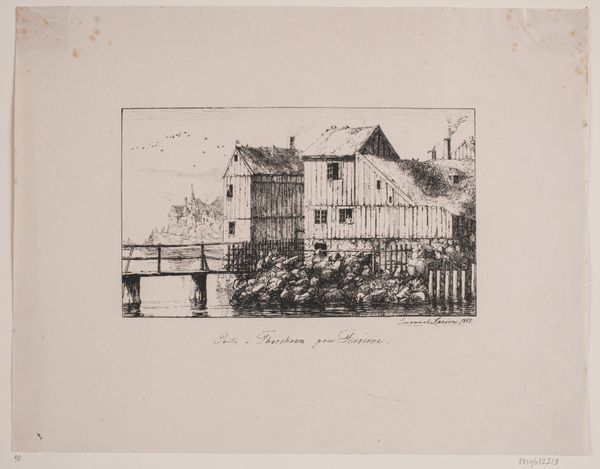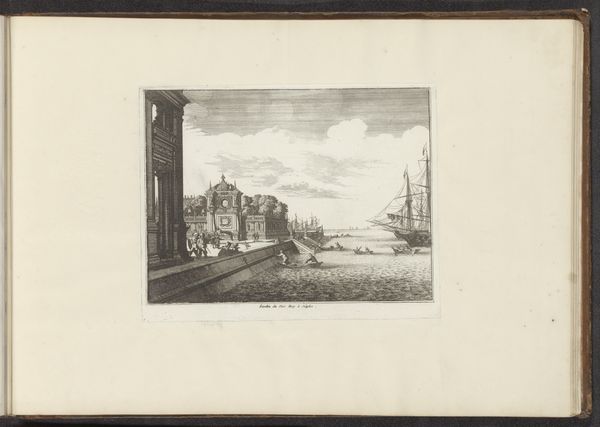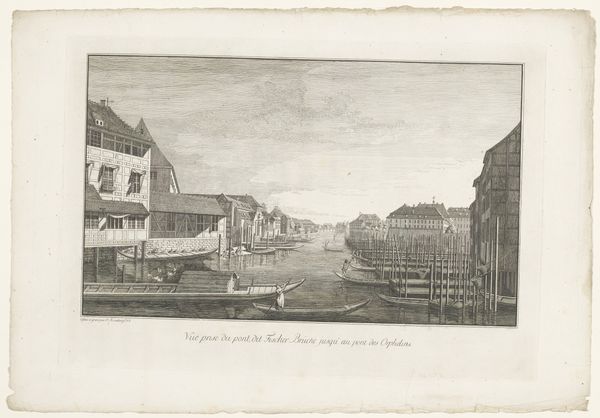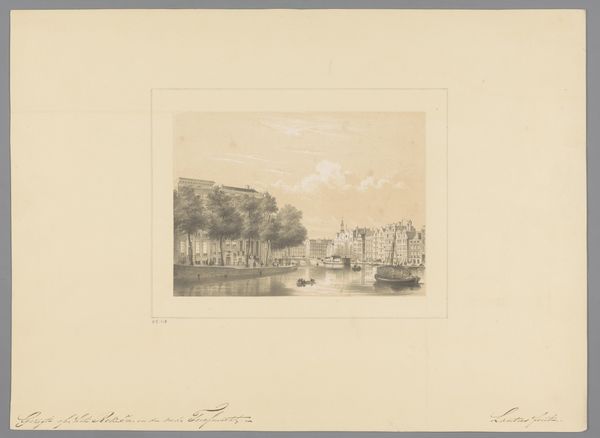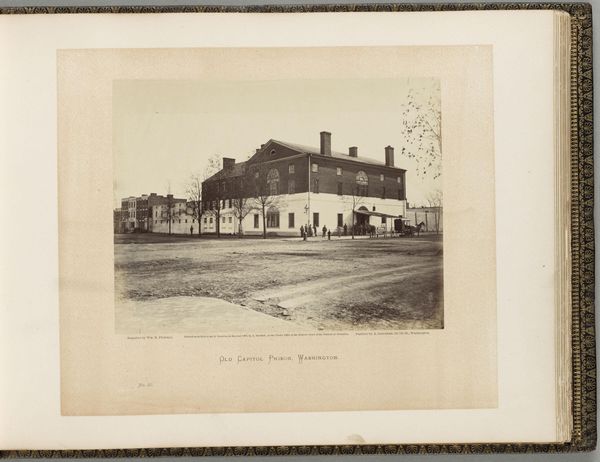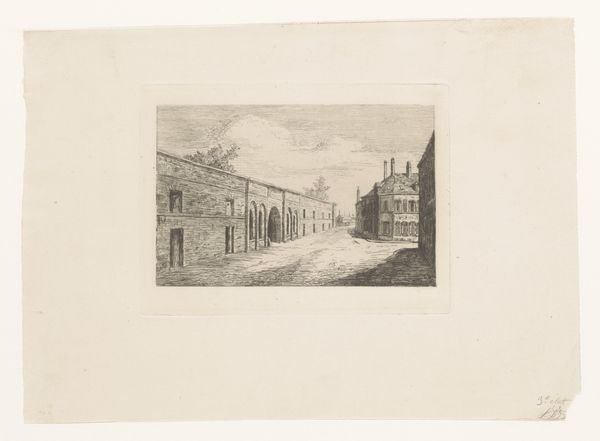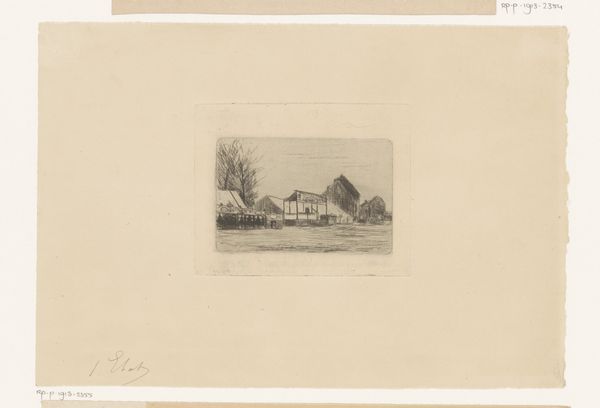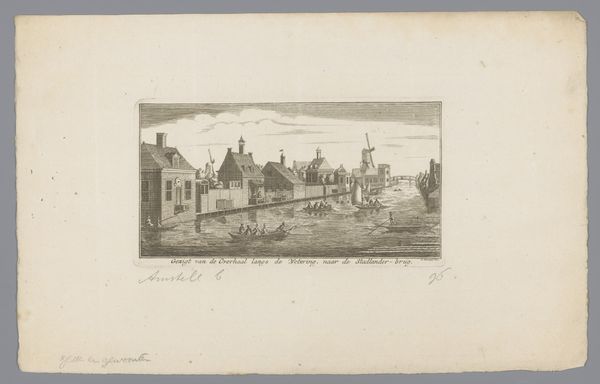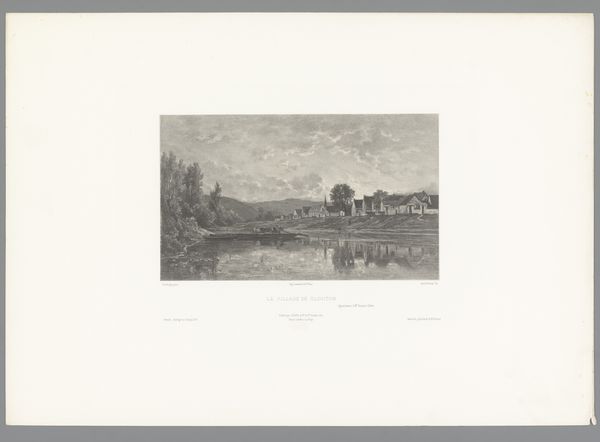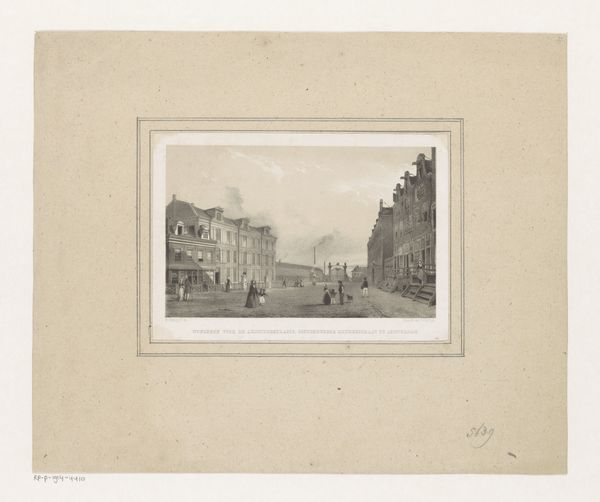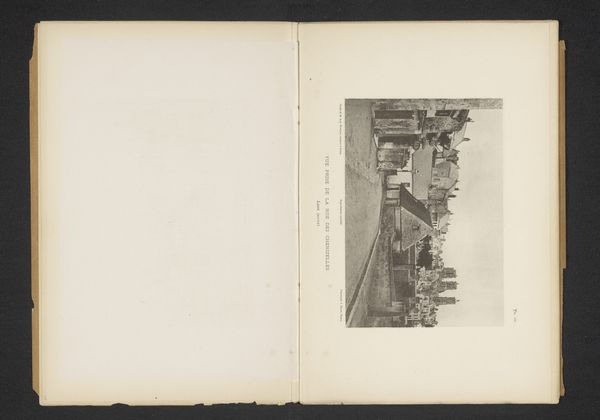
photography
#
ship
#
landscape
#
photography
#
orientalism
#
cityscape
Dimensions: height 193 mm, width 243 mm
Copyright: Rijks Museum: Open Domain
Editor: Here we have a photograph titled "Kade met huizen aan de haven van Makassar" from before 1883, attributed to Woodbury & Page and currently residing in the Rijksmuseum. It shows a waterfront scene in Makassar, and something about the light makes it feel quite still and posed. What catches your eye when you look at this work? Curator: I notice immediately how the composition reinforces colonial power dynamics. We're presented with what seems like a neutral cityscape, but who is constructing this view, and for what purpose? The very act of photographing Makassar in this way participates in a Western gaze that seeks to document, categorize, and ultimately control the 'Orient'. Consider the relationship between the photographer, the subjects, and the intended Western audience. How might the locals have perceived this photographic project? Editor: That's interesting. I hadn’t really thought about the photographer's role that way. Do you think the "Orientalist" label applies here? Curator: Absolutely. The style idealizes a vision of the East that often exoticizes and simplifies a culture for Western consumption. The composition seems designed to project an ordered, manageable vision of this port city. But, think critically about what this image excludes. Whose voices and perspectives are missing? What aspects of daily life are ignored or glossed over? This is a calculated visual strategy. Editor: So, rather than seeing it as just a historical record, it's important to consider its political context? Curator: Precisely. It invites us to unpack the complexities of representation and to critically analyze how images have been, and continue to be, used to shape perceptions about different cultures and power relations across the world. It makes you wonder about the communities that have lived there for years. Editor: That definitely shifts my understanding of the piece. I’ll certainly be approaching similar artworks with those questions in mind. Curator: I think reflecting on what’s there as much as what is intentionally omitted is important here.
Comments
No comments
Be the first to comment and join the conversation on the ultimate creative platform.

